The disposable gloves below offer basic hygiene and safety protection. You can choose from different thicknesses, sizes and materials. Disposable gloves are usually made of latex, nitrile or vinyl. What are the differences and which model should you choose? These and other questions will be answered below.
.
1. Vinyl, latex or nitrile?
Most disposable gloves are made of vinyl, latex or nitrile. Three raw materials that each have a very different impact on the applications and properties of your gloves. They can be compared below:
Vinyl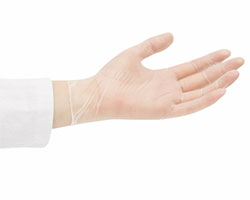 |
Latex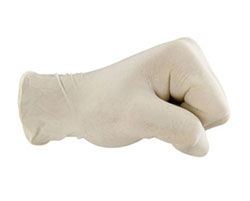 |
Nitrile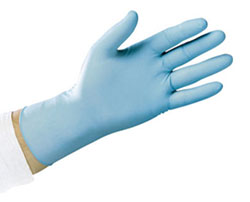 |
|
| . To |
The most economical | The most comfortable and flexible | The most durable and allergen-free</td (≠ latex/powder) |
| . . Against |
Less comfortable than nitrile or latex | Not suitable for people with latex allergies and does not offer protection against petroleum products (diesel, petrol) | More expensive than vinyl and latex |
| . . . .Usage |
- A unique blend of latex, nitrile and neoprene for even greater comfort
and strength.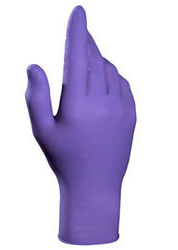
- Silicone free to avoid marks on sheet metal and glass.
- Exterior with studs for a better grip.
- Chlorinated interior for easy donning and doffing.
- Suitable for pharmaceutical laboratories and production.
2. With or without powder?
Disposable gloves are often available in powdered and powder-free versions. The “powder” we are talking about here is usually made of corn starch. This makes the gloves easier to put on and take off. It also absorbs moisture and perspiration better, making the gloves more comfortable to wear.
However, powdered gloves are not always recommended. In the food industry or in a clinical environment, it is best to avoid corn starch coming into contact with products. It can also cause allergies. Therefore, powder-free versions are generally more suitable in these areas.
Powdered gloves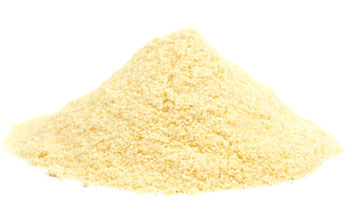 |
Powder-free gloves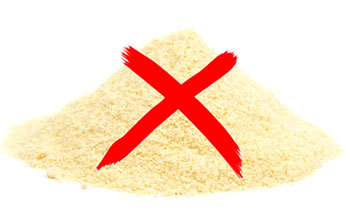 |
3. What size disposable gloves to choose
To determine the correct size of disposable gloves, first measure the circumference of the hand. This circumference goes from the knuckle of the little finger to the knuckle of the index finger (do not count the thumb). Are you between two sizes? Choose the smaller size, as the gloves will stretch slightly during use. By choosing the smaller size, they will fit your hand and wrist perfectly. Good to know: glove size is usually expressed in inches.
Hand circumference in cm  |
Glove size in inches |
International size |
| 16.5 | 6 | XS |
| 18 | 7 | S |
| 19 | 7.5 | S |
| 20 | 8 | M |
| 21.5 | 8.5 | M |
| 23 | 9 | L |
| 24 | 9.5 | L |
| 25.5 | 10 | XL |
| 28 | 11 | XXL |
4. Where are disposable gloves used?
Disposable gloves are used in a very wide range of sectors. In some cases, their use is even mandatory. These include:
- Food sector,
- Health care (hospitals, dentists, nurses, etc.),
- Veterinarians and veterinary surgeons,
- Laboratories,
- Beauty sector (hairdressers, manicurists, etc.).
Depending on the profession and the workplace, the choice of glove material will be decisive. Latex, for example, offers good protection against chemicals, bacteria and viruses. Do you work with oil or grease? In that case, nitrile gloves are preferable.
In addition to the material, colour can also play a role. The most common disposable gloves are white or slightly transparent. So, neutral… If you work in the food industry, it is recommended that you wear blue gloves, as recommended by the HACCP guidelines. Why blue? This colour was chosen because it is rarely found naturally in our food. So a blue glove that falls even partially into the food, for whatever reason, will be easily visible.

5. How to use disposable gloves
What to keep in mind when wearing (and removing) disposable gloves? We’ve listed a few things below.
- Wash and dry your hands thoroughly before wearing disposable gloves.
- Change gloves regularly to avoid damage or transfer of bacteria.
- Always consider the specific application when choosing. In a medical environment, you should preferably use powder-free gloves.
- Whether latex, vinyl or nitrile, never dispose of your disposable gloves with the plastic, but always in the residual waste.














